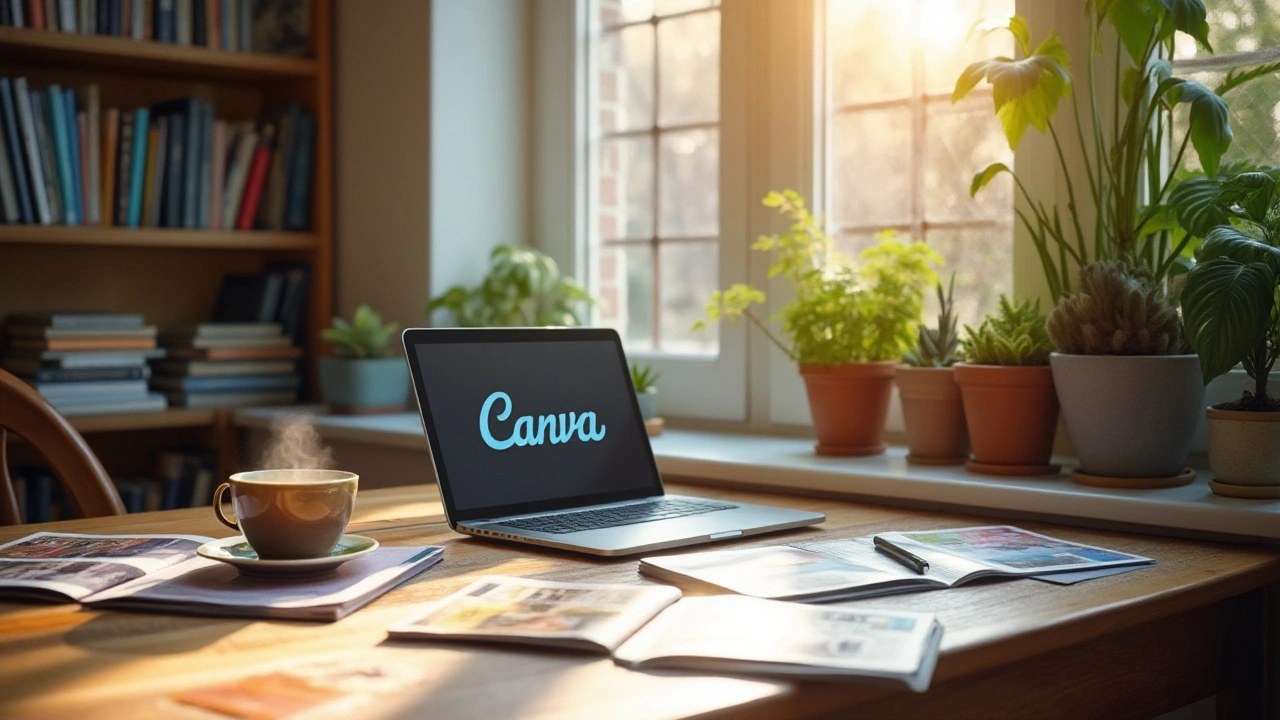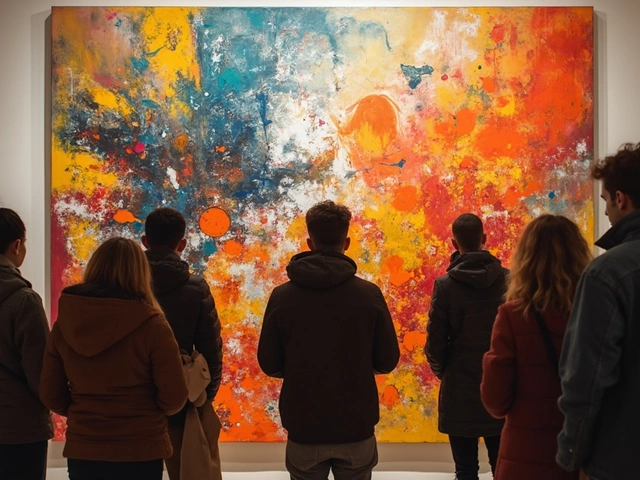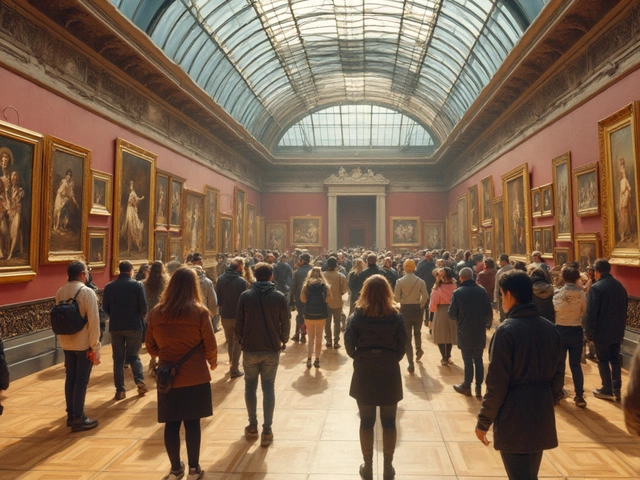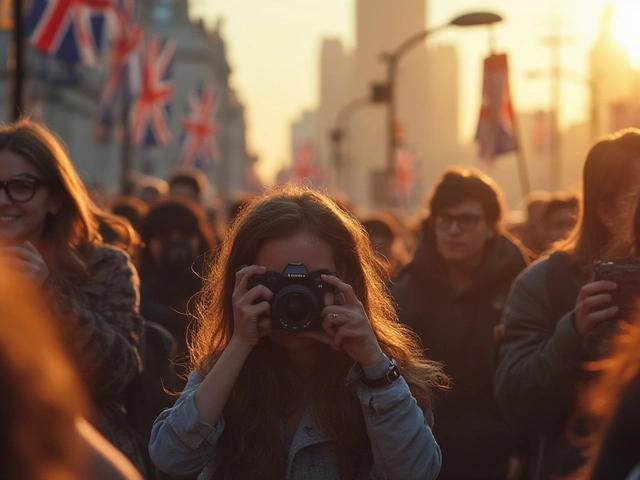Logo Design – Your Guide to Creating Powerful Brand Marks
When working with logo design, the craft of turning a brand’s identity into a simple, memorable visual symbol, you’re blending art, strategy, and psychology. Also known as brand logo creation, it aims to make an instant impression that sticks in a viewer’s mind. logo design isn’t just about drawing a nice picture; it encompasses branding, the overall perception of a company shaped by visual and verbal cues. It requires typography, the art of arranging type to convey personality and clarity because the right font can turn a logo from bland to bold. Color theory, the study of how colors interact and affect emotions influences every hue choice, while vector graphics, scalable, resolution‑independent artwork built from mathematical paths provide the technical backbone that lets a logo stay crisp on everything from a business card to a billboard. Together these elements form the core toolkit for anyone looking to build a visual identity that lasts.
Key Elements of Effective Logo Design
Modern logo design often leans on trends seen across the wider art world. Digital art techniques, like those discussed in our guide on monetizing digital creations, bring new textures and animated possibilities to static marks. Some designers even experiment with abstract art rules—using hidden constraints to create balanced, eye‑catching forms—so the chaos of abstraction becomes a disciplined visual language. Meanwhile, the rise of AI‑generated imagery is reshaping how concepts are brainstormed, offering rapid mock‑ups that can be refined using traditional vector tools. Whether you’re crafting a minimalist monogram or a detailed emblem, remember that simplicity usually wins; a clean silhouette works better in small sizes and across media. Pay attention to scalability (thanks to vector graphics), ensure the typography is legible at a glance, and pick colors that convey the brand’s mood—warm reds for energy, cool blues for trust, for example. These practical steps mirror the advice found in our articles on oil painting techniques and abstract art rules, showing how principles from fine art can improve graphic outcomes.
Below you’ll find a hand‑picked collection of articles that dive deeper into each of these areas. From how digital artists earn money online—useful if you plan to sell logo packages—to the hidden guidelines that make abstract pieces feel intentional, the posts cover both creative inspiration and the nitty‑gritty of production. Whether you’re a seasoned designer or just starting out, the range of topics will give you fresh ideas, practical tips, and a broader view of how logo design fits into the larger art and business landscape. Explore the list and boost your next brand mark with proven strategies and fresh perspectives.

This article explores the possibility of creating logos using Canva and selling them. It discusses the platform's design features, the legal considerations of using Canva for commercial purposes, and provides tips for designing marketable logos. Readers will also learn about the steps involved in setting up an online shop to sell their creations and how to make their logos appealing to potential buyers.





